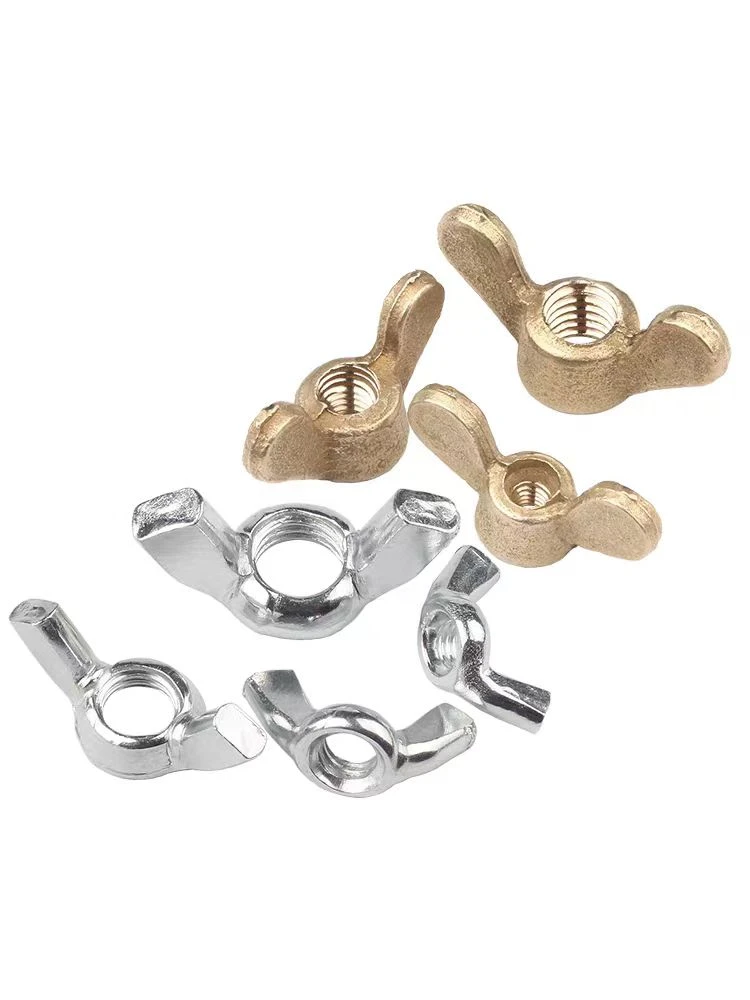

Self-Drilling Screws with Truss Heads for Enhanced Structural Applications and Efficiency
Nov . 25, 2024 14:35 Back to list
Self-Drilling Screws with Truss Heads for Enhanced Structural Applications and Efficiency
The Versatility and Functionality of Self-Drilling Screw Truss Heads
In the realm of construction and engineering, the significance of fasteners cannot be overstated. Among the myriad types of fasteners available, self-drilling screws, particularly those with truss heads, have emerged as crucial components in various applications. This article explores the features, applications, and advantages of self-drilling screws with truss heads, highlighting their role in improving efficiency and effectiveness in construction.
Understanding Self-Drilling Screws
Self-drilling screws are specialized fasteners designed to create their own pilot holes during installation. This feature eliminates the need for pre-drilling, thereby saving time and reducing the risk of damage to materials. The distinctive pointed tip of these screws allows them to penetrate through tough materials such as metal, wood, and plastic with ease.
The truss head design is characterized by its broad, flat top and low-profile shape, which distributes the load more evenly than traditional screw heads. This unique configuration is particularly beneficial when working with softer materials or applications where a larger surface area is required for better grip and stability.
Applications of Self-Drilling Screw Truss Heads
Self-drilling screws with truss heads are commonly used across various industries, owing to their robustness and reliability. Here are some primary applications
1. Roofing and Siding In the construction of metal roofs and sidings, self-drilling screws are indispensable. The screws facilitate the assembly process, allowing builders to connect metal panels quickly and securely without the need for additional components like anchors or brackets.
2. Structural Applications Truss heads provide superior bearing strength, making these screws ideal for structural joints where load-bearing capabilities are paramount. They are often used in constructing steel frames and trusses, supporting the overall integrity of buildings and other structures.
3. Manufacturing and Assembly In manufacturing settings, self-drilling screws enhance assembly line efficiency. They allow for faster assembly times and reduce labor costs, as workers can quickly drive screws without additional drilling equipment.
4. HVAC Systems The installation of heating, ventilation, and air conditioning (HVAC) systems often relies on self-drilling screws for securing ductwork and other components. The ability to drill directly into metal surfaces ensures tight seals and efficient airflow.
self drilling screw truss head

Advantages of Self-Drilling Screws with Truss Heads
The benefits of using self-drilling screws with truss heads are extensive
1. Time Efficiency One of the standout advantages is the speed of installation. The self-drilling feature significantly reduces labor time and increases productivity on job sites.
2. Cost-Effective By minimizing the need for pre-drilling and additional fastening materials, these screws can lead to cost savings in both materials and labor.
3. Enhanced Grip and Load Distribution The broad, low-profile head design of truss screws provides a larger surface area, leading to improved grip and load distribution. This feature is particularly critical in applications involving soft materials or where high tension is expected.
4. Versatility Self-drilling screws can be employed in a wide range of materials and conditions, enhancing their versatility in various construction and manufacturing scenarios.
5. Durability and Strength Made from high-quality steel and often coated for rust resistance, these screws deliver reliable performance and longevity, contributing to the overall durability of the structures in which they are used.
Conclusion
Self-drilling screws with truss heads exemplify the blend of innovation and practicality in construction engineering. Their unique design addresses various challenges faced by builders and manufacturers, making them a preferred choice in many applications. As construction methods continue to evolve, the demand for efficient and reliable fasteners like self-drilling screws will undoubtedly remain strong.
In summary, the truss head design combined with the self-drilling capability makes these screws an indispensable tool in modern construction, ensuring that projects are completed swiftly, safely, and effectively. Whether it's in roofing, structural applications, or assembly processes, self-drilling screws with truss heads continue to play a vital role in shaping our built environment.
Latest news
-
Hot Dip Galvanized Bolts-About LongZe|High Strength, Corrosion Resistance
NewsJul.30,2025
-
High-Strength Hot Dip Galvanized Bolts - Hebei Longze | Corrosion Resistance, Customization
NewsJul.30,2025
-
Hot Dip Galvanized Bolts-Hebei Longze|Corrosion Resistance&High Strength
NewsJul.30,2025
-
High-Strength Hot-Dip Galvanized Bolts-Hebei Longze|Corrosion Resistance&High Strength
NewsJul.30,2025
-
Hot Dip Galvanized Bolts-Hebei Longze|Corrosion Resistance&High Strength
NewsJul.30,2025
-
Hot Dip Galvanized Bolts - Hebei Longze | Corrosion Resistance, High Strength
NewsJul.30,2025

